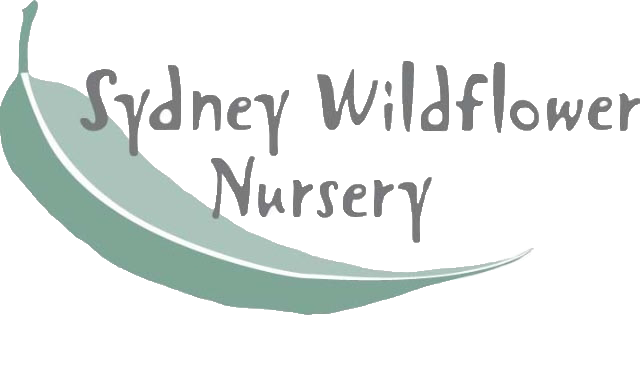
Soil preparation tips for Australian native gardens
During the last ice age, moving sheets of ice helped to weather exposed rocks into nutrient rich top soil.
Not so in Australia – our soils have been sitting around for a really long time. While they might be nutrient poor they are also incredibly precious and are the foundation of every garden.
Working with the soil you have helps make gardening a pleasure, not a chore. So… how well do you know your soil?
1. Know your soil structure
The best way to find out what type of soil you have in your garden is to do a ribbon test.
Pick up some soil and slowly add a little water. Try to form the soil into a ball – if it falls apart, you have sandy soil.
If you can form the soil into a crumbly ball, you have sandy loam. Try to stretch the ball into a ribbon – if you can make a short ribbon you have loam, and if you can make a long ribbon you have clay soil.
2. Test your soil pH
Next, you need to do a pH test. The pH of your soil affects the ability of plants to absorb vital nutrients from the soil. Soil that is too acidic or too alkaline will stunt root growth and restrict water and nutrient uptake. Extremes in your soil pH make major plant nutrients – nitrogen (N), phosphorus (P) and potassium (K) – unavailable.
Most Australian soils are acidic (except for South Australia and parts of Western Australia) so aim to get your soil sitting around 5.5 – 6.5 on your pH scale.
You can pick up a pH testing kit at our nursery – it is an inexpensive and invaluable garden tool!
3. Work with what you’ve got
Planting for the soil you have will save you time, effort and money. Choosing plants that are indigenous to your local area is a great place to start as it supports the local ecosystem and the birds, insects, reptiles and other animals that live in it.
If you want to widen your plant palette, choosing plants that suit your soil from other parts of Australia is a wonderful way to bring in different species that will still thrive in your garden.
4. Amend your soil if necessary
For special plants – those that are not indigenous to your area, or require a different soil profile to what you have – you need to amend your soil prior to planting.
This might mean adding more organic matter, adjusting your pH, planting on a mound or cutting soil with sand or gravel to improve airflow and drainage.
Some tricky plants can also be grown in pots, giving you much more control over your soil conditions. Try to mimic the conditions your plants would find in their natural distribution for garden success.
SYDNEY WILDFLOWER NURSERY
Since 1983, the Sydney Wildflower Nursery at Heathcote has been providing residents and visitors from around Australia with quality native Australian plants.
Supplying plants for jobs big and small we pride ourselves on our knowledge, passion and extensive range of beautiful and unusual Australian native trees, shrubs and wildflowers.
